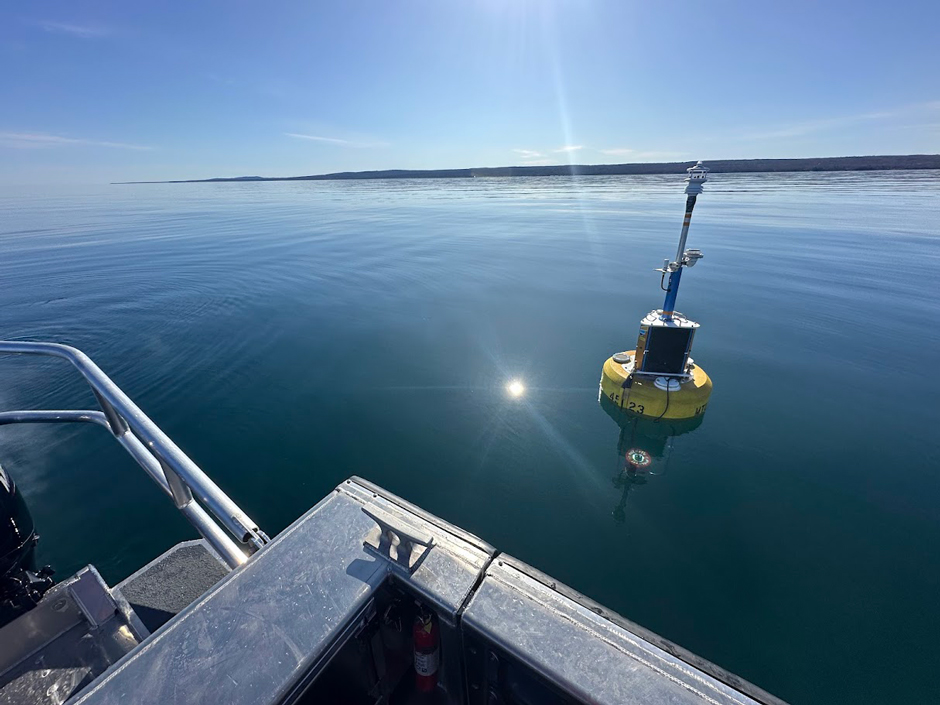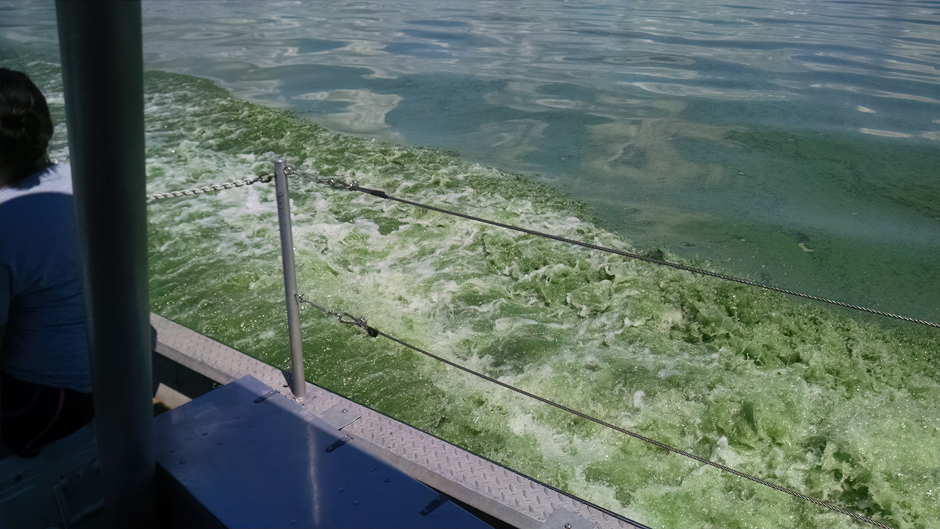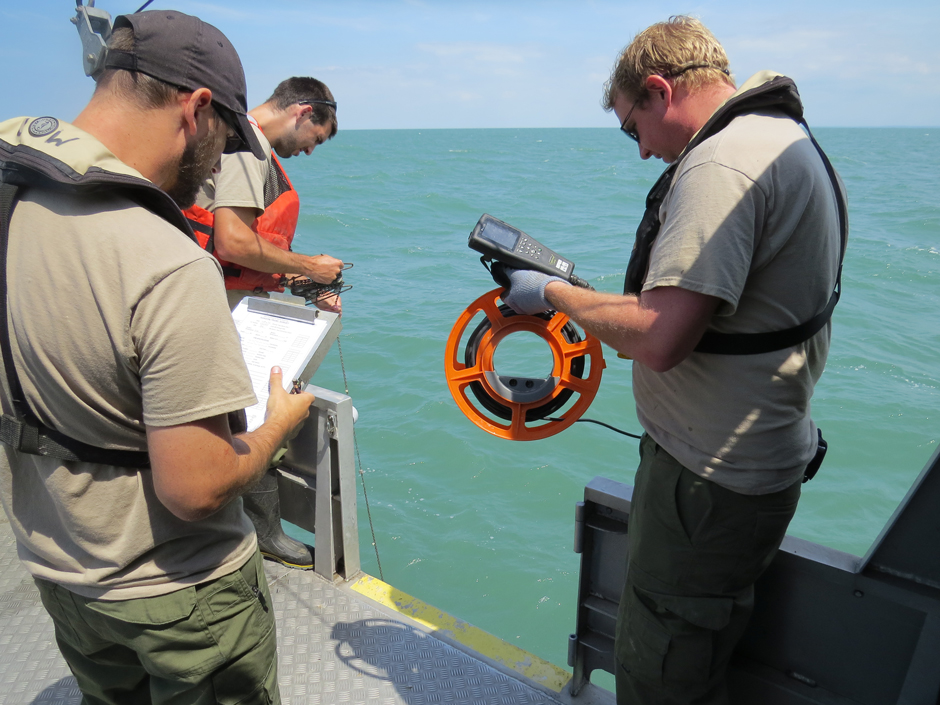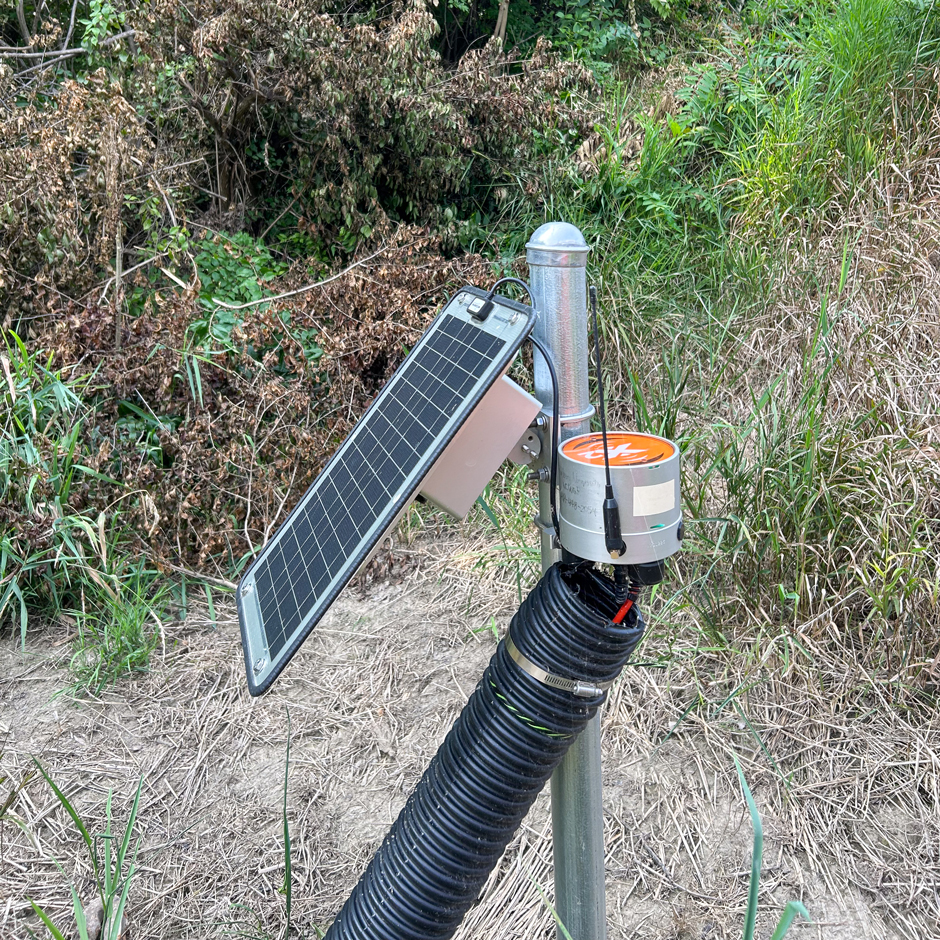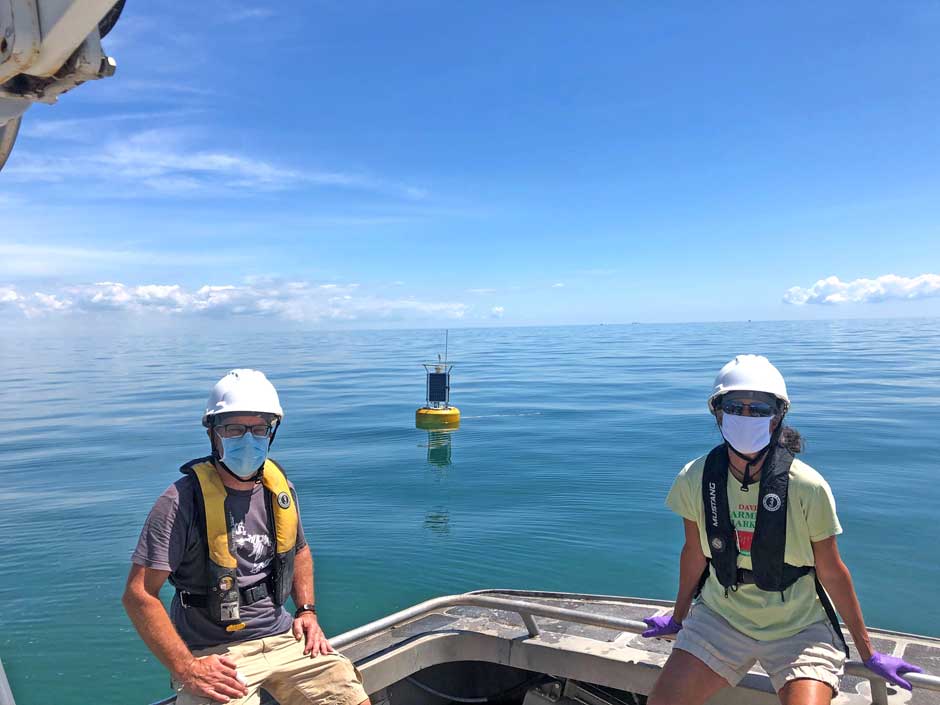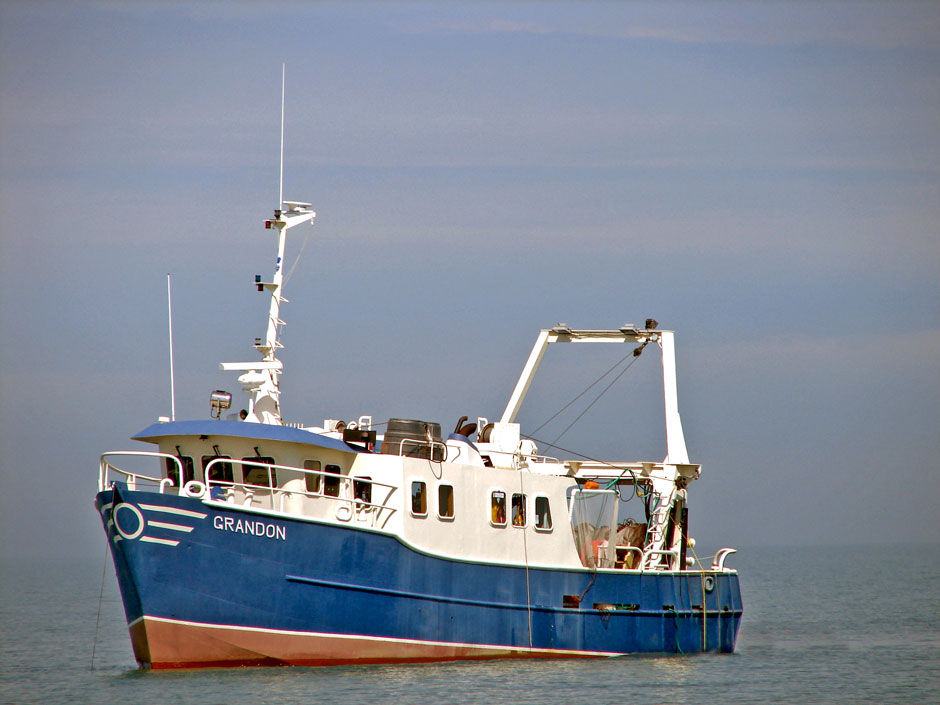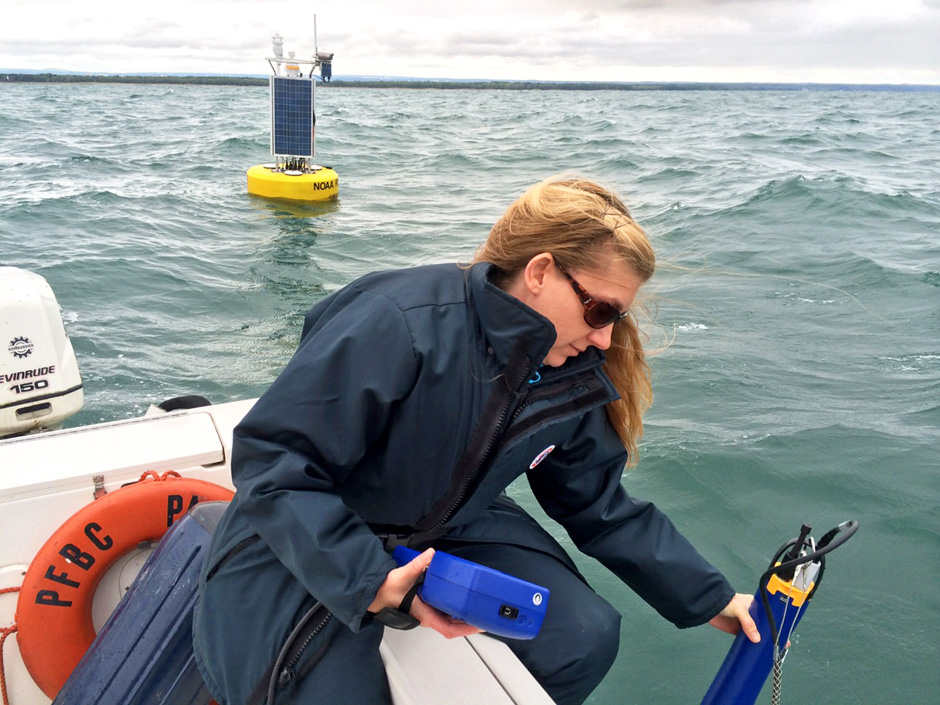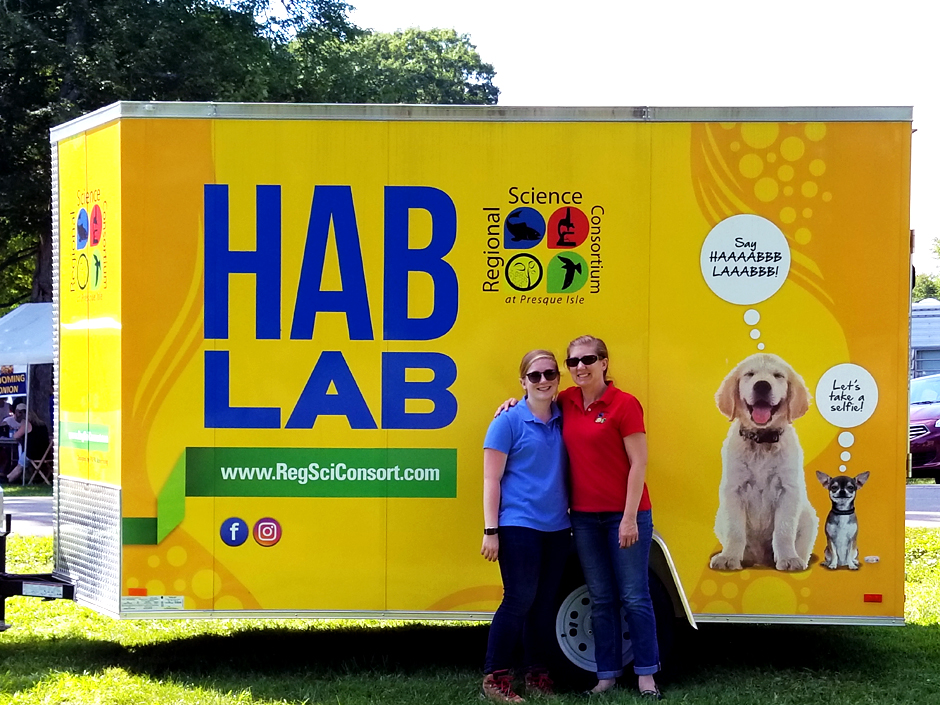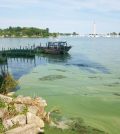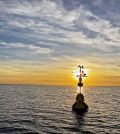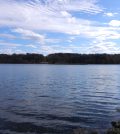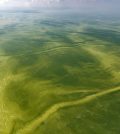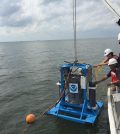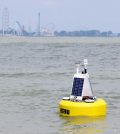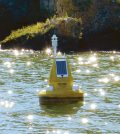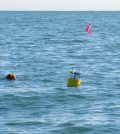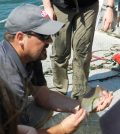Posts for tag "Lake Erie"
Great Lakes Research Center: Designing Targeted Monitoring Solutions
According to the National Oceanic and Atmospheric Administration (NOAA), the Great Lakes have more miles of coastline than the contiguous Atlantic and Pacific coasts combined and contain 20 percent of the world’s freshwater, making it a critical...
- Posted March 17, 2025
Stone Lab: Cyanobacteria Monitoring in Ohio Lakes
Microcystin, one of several toxins produced by the cyanobacteria that form harmful algal blooms (HABs), has become a popular topic of lake research as the human health impacts of HABs become better understood. Stone Lab is one...
- Posted July 22, 2024
From Assessment to Angler: Continual Research Ensures Lake Erie Remains a Beacon of Freshwater Fishing
Lake Erie is well known for its abundant recreational fishing. Anglers come from across the country to try their luck at the “walleye capital of the world” and search for other freshwater species, such as bass, perch,...
- Posted July 8, 2024
Data in Action: Heidelberg’s Nutrient Monitoring in Great Lakes Tributaries
In the early hours of the morning, when most people have yet to hit snooze for the first time, water sampling sites across Ohio are awake and actively collecting nutrient data. The samplers are active at noon,...
- Posted August 7, 2023
Buoys in the time of Covid: Delays to important information
Although buoys collect and relay data largely on their own, they require a team to deploy. Covid slowed them down.
- Posted February 9, 2021
Hypoxic Conditions in Lake Erie Impact Yellow Perch Population
Hypoxic conditions could pose a threat to the yellow perch population in Lake Erie, the largest commercial fishery.
- Posted December 9, 2020
Birds, Fish and Shifting Sediment; How Lake Erie Buoys Measure It All
Scientists continue finding clever ways to use data collected by Lake Erie’s Nearshore buoy at Presque Isle.
- Posted February 12, 2020
Mobile HAB Lab, Citizen Scientists Building Awareness
The Mobile HAB Lab project is taking awareness about Microcystin to the public in Pennsylvania to help keep people and pets safe.
- Posted October 23, 2019
When Green Isn’t Good: Cyanobacterial Toxin Knowledge and Toxicity Forecast High on Stone Lab’s List of Research Pursuits
Ohio State’s Stone Lab researchers make headway in understanding Microcystis toxin production and predicting toxicity of HAB events in the Lake Erie region.
- Posted October 25, 2018
Texting Buoys Helping to Create a Data Democracy
The Great Lakes Observing System’s texting buoys are making all kinds of data available via text to anyone who wants it, democratizing data.
- Posted October 23, 2018
Black Swamp Savior: How Bringing Back Conquered Wetlands Could Help Solve Harmful Algal Blooms
Early Lake Erie region settlers viewed the Black Swamp as an obstacle to be overcome. One researcher says bringing part of its wetlands back may help the region, not hurt it.
- Posted July 31, 2018
Lake Erie Walleye Spotted in Force on Underwater Camera
After many walleye were seen on an underwater camera in Lake Erie’s Presque Isle Bay, a biologist explains walleye numbers and monitoring in the lake.
- Posted July 12, 2018
Inside the Struggle to Designate Lake Erie’s Water Impaired
Debates over designation of Lake Erie’s open waters as impaired have finally resulted in a designation from Ohio, but will this mean no more algal blooms?
- Posted May 24, 2018
Lake Erie HAB Monitoring Network Matures to Protect Drinking Water
With a new grant, an ad-hoc monitoring network that sprang up after the Toledo water crisis is maturing into the premier Lake Erie observatory.
- Posted November 30, 2017
Data Buoys Study Turbid Water Environments In Lake Erie Basin
Scientists from Bowling Green State University use data buoys to study the Sandusky Bay to learn more about Lake Erie Planktothrix blooms and water quality.
- Posted August 25, 2017
Cellular Data Buoy Supports Lake Erie Algae Research, Public Outreach
Researchers at Ohio State University’s Stone Lab gather algae measurements using a cellular data buoy with the goal of one day predicting bloom toxicity.
- Posted November 17, 2016
Lake Erie Infographic
A Lake Erie infographic from the Fall 2016 Environmental Monitor magazine details the lake’s productivity, algae woes and other facts using a map.
- Posted October 28, 2016
ESPniagara Tracks Algal Toxins In Lake Erie, Protects Drinking Water
The National Oceanic and Atmospheric Administration has completed the first long-term deployment of ESPniagara, a robot measuring microcystin in real time.
- Posted October 20, 2016
Lake Erie Watersnake: A Look At The Comeback
The Lake Erie watersnake was once endangered in Ohio and threatened federally. But thanks to a nearly decade-long effort, the snake is thriving once again.
- Posted September 8, 2016
Q&A With Ohio Sea Grant’s Chris Winslow
In a Q&A, Ohio Sea Grant’s Chris Winslow shares updates on some ongoing projects at the fore of improving water quality in and around Lake Erie.
- Posted September 2, 2016


